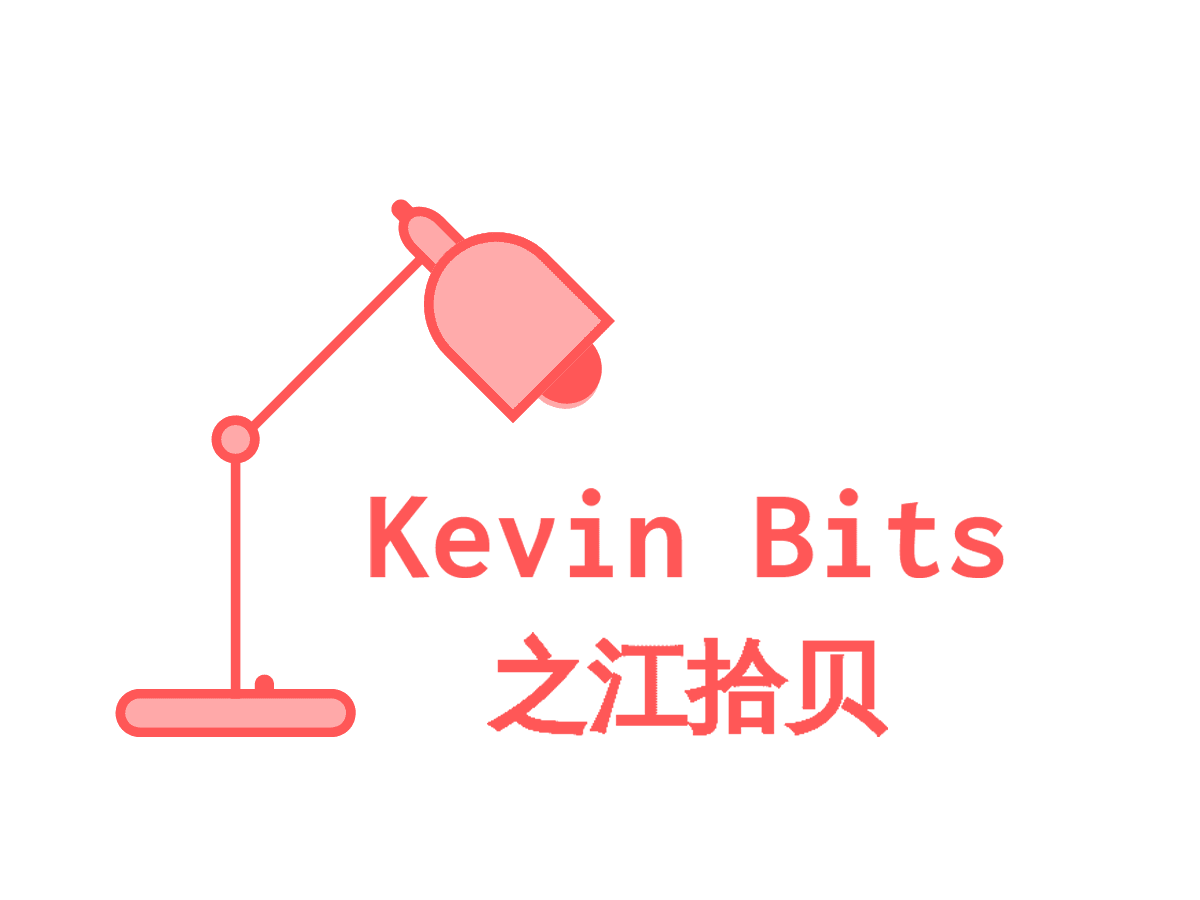The Fed concluded the two-day policy meeting yesterday. It is a challenge meeting for the Fed for two reasons. A) decision to start tapering asset purchases while the the course of COVID remains uncertain; B) controversial views on the nature of elevated inflation in the US and around the world, and narratives by bond players who strongly argue a rate hike needs to be as soon as imminent.
Well, the Fed did an excellent job. Conducting monetary policies is not only a skill, it is an art, especially this time. Remember under the last tapering under Bernanke the market responded by a deep sale off. Yesterday the market was up, making all three US major stock index record highs.
The FOMC holds firmly its view on inflation by emphasizing the T-Word. “Inflation is elevated, largely reflecting factors that are expected to be transitory.” The Fed thought sizeable price increases are contributed by supply and demand imbalances related to the pandemic and the reopening of the economy.
Second, in tapering the asset purchase, the Fed decided a 15 billion dollar reduction per month for November and December, but will leave flexibility on the pace of purchases and is prepared to adjust it based on economic outlook. It shows that the Fed is cautious in tapering and exhibits a true data dependent approach.
Third, chair Powell made clear once again at the press conference that rate hike is not necessarily imminent after the completion of tapering which is expected in middle of 2022. The decision of tapering “does not imply any direct signals regarding to our interest rate policy”. Rate hike will be based on a different set of criteria, in particular further improvement in labour market.
In summary, the inflation is high and will last a little long, but the inflation is largely due to supply-demand imbalance. The monetary policies “can not resolve that imbalance” therefore the Fed will not change its interest rate policy while it has room to improve employment. With that, the central bank remains to be a friend of the market. The biggest risk, in my view, is the course of COVID, if it changes suddenly, whether for good or for bad.
